Wilderness Therapy: a healthcare respite during a public health crisis
Co-Authored by Lauren Angerosa and Joanna Lilley
A public health crisis is a ripe time for ambiguity and uncertainty. For those who are struggling with mental health and addiction issues, their personal struggles do not dissipate because of what’s happening in the world. If anything, the chaos and panic can cause mental health and addiction to feel heightened. Please know that help, that treatment, is still available.
All inpatient programs are changing protocols on admissions by the minute. This is in real-time with the changes that we know about COVID-19. For those who need structure and consistency, this is a very overwhelming time. What has come to light is that wilderness therapy may be one of the safest treatment interventions during this time. Let us break down how this is the case and how this may be an appropriate avenue for your adolescent or young adult.
Things that make wilderness therapy safe during the COVID-19 crisis:
Handwashing and health has always been a priority. You can check out a video here of a recent wilderness therapy program who wanted to show the world how they’ve been doing it for years: A field tutorial on washing hands
Social distancing is already something that wilderness programs do. The isolative nature of wilderness field sites and programmatics means that students are benefiting from public distance both in medical and therapeutic terms.
Open-air environment. Especially in nomadic wilderness programs, students spend their entire stay outdoors. In programs with a base camp, students also spend a significant amount of time living outside. This time outside allows for sunlight and fresh air which contributes to wellness in general.
Less surfaces where the virus can thrive. Using nature as the classroom drastically cuts down on the traditional surfaces common in homes and buildings where the virus can live and spread.
Things that are slightly changed during this time of public health concern:
“Welcome group” - Instead of an adolescent or young adult immediately entering a group, there will be a “welcome group” where they will temporarily remain until the stay can be assured that the incoming client is not asymptomatic or symptomatic. Once they are cleared, they will transition into being with the rest of the group.
Staff health testing before heading into the field. Typically wilderness therapy staff exchanges will take place every 8 or 14 days. Staff who are returning back into the field from being in society will be medically screened to ensure they are not symptomatic. Any staff that is symptomatic will be immediately turned home to seek medical care.
Families encouraged to drive in, as opposed to flying (if possible). Although airlines and airports are aggressively working to clean their facilities and planes, there is less possibility of exposure to COVID-19 if a client drives. For families who cannot provide transportation or it is unsafe to transport their adolescent or young adult, transport services are still available. Transport companies are still operating their services and have shifted to driving many students when possible instead of flying. Transport companies have also updated their practices to include published protocols in how they interact with students in regards to the virus.
Limiting of outside people who will enter the field area and groups. This includes visitors like Therapeutic or Educational Consultants, Outreach staff from other programs, or families.
Family programming has shifted. Where programs used to invite families to the wilderness therapy location for a family workshop or intensive, programs have been forced to alter their programming. Family therapy is still a component of wilderness therapy, yet families will be doing it remotely until COVID-19 travel and protocols are lifted.
In uncertain times we know that a return to humanity is best practice. Nature has humanity at its finest on full display for all to experience. In moments like we are in the wilderness beckons with her ever present safety and consistency reminding us of our undeniable connection to each other. Our young people continue to show us that regardless of what their world looks like on the outside they are begging for safety and connection on the inside.
We ask that you please remember to continue to practice good self care during this time. Take a page from the wilderness therapy book and enjoy sunlight and fresh air when possible and safe. Our connection to each other is more important now than ever before. Find our contact information below if you are in need of guidance and or options for your adolescent or young adult. We are also available over video chat if you just need a friendly face.
For questions or comments contact Joanna.
